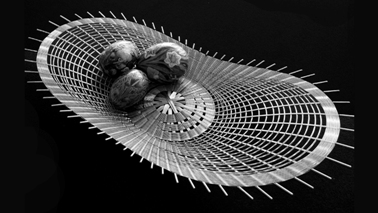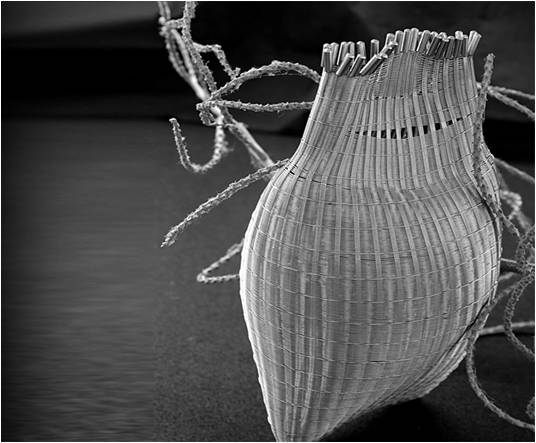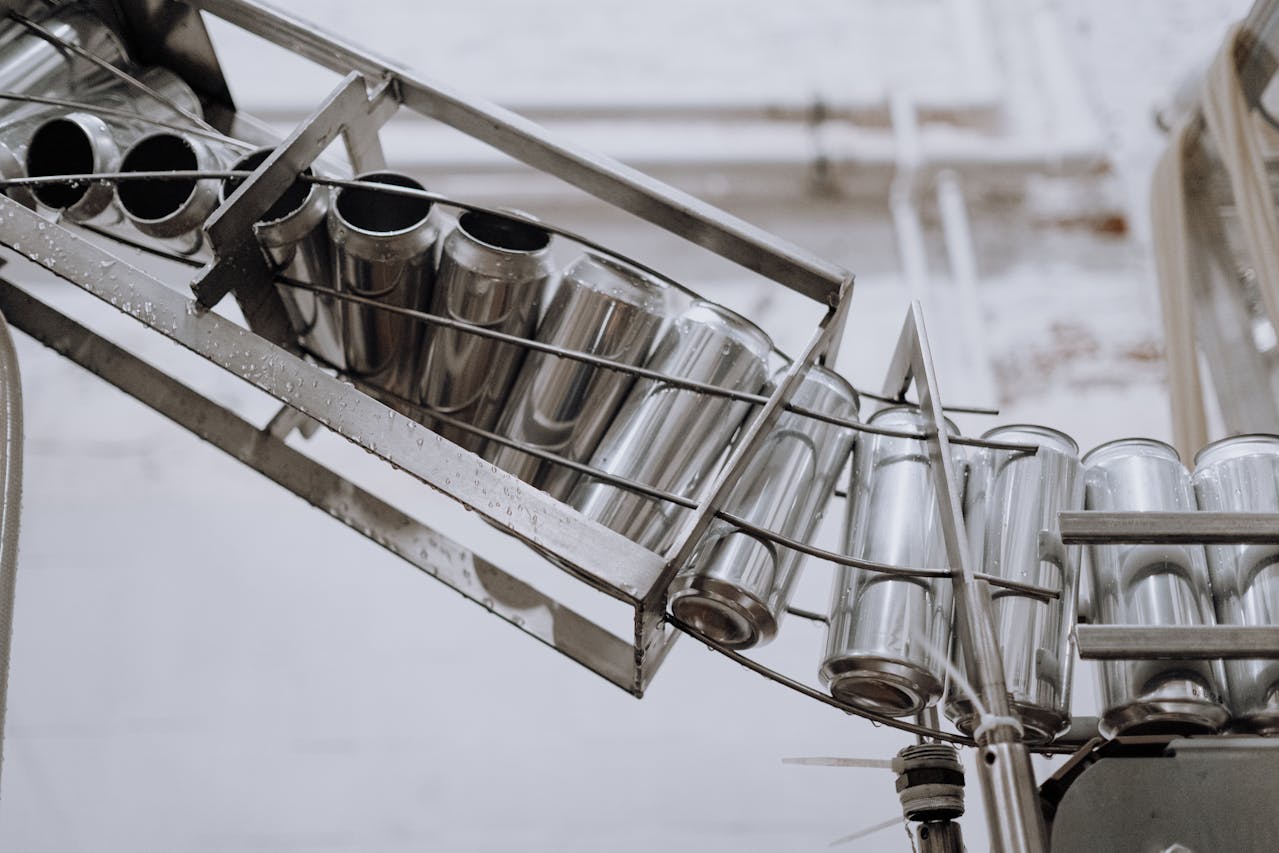Ms Nisha Mathew Ghosh
July 28, 2021

“Stainless steel has the unique ability to be robust while conveying ideas delicately!”
The world knows her as a renowned artist and architect who excels at crafting out-of-the-box ecological stainless steel solutions. Her bold ideas give a fresh outlook to the way we perceive womanhood, home, and environment. Her faith in people and their potential has helped her cross social and spiritual boundaries with art and architecture. Stainless Post interviews Ms Nisha Mathew Ghosh.
Briefly tell us about yourself. How did your journey with art begin?
I was schooled in Bangalore, and later I took up architecture studies at CEPT School of Architecture in Ahmedabad. My early excursions towards an artistic mode of practice began with my childhood fascination with rocks. My father was a geophysicist who always brought back rocks for me. I was endlessly curious about the shapes, forms, striations, and colors of these rocks, as much as my imagination of a universe that was enigmatic and endless. My mother’s storytelling as a geography teacher further enlarged my imagination. So, while I did not imagine that I would engage with art one day, an imprint to be reflective was triggered by this imaginary world of rocks.

Describe your first encounter with stainless steel? What motivated you to employ stainless steel as the central base material for your work?
It was when I was a fairly young architect. On our third commission, I got to experiment with stainless steel when my client offered me the opportunity to do a show. My engagement with stainless steel was as natural to me as my love for the rawness of natural rocks or a mottled concrete surface. I think it is a fundamental desire to allow the material aesthetics to be revealed in its natural state. Stainless steel is quite versatile as a base material- from sheets to ribs to wires. In each form, it allows certain material explorations for the artist, embedded with characteristics that can be used to create tension, resonance, and so on. My first showcase was curated by Bose Krishnamachari who is internationally acclaimed for his work and the Muziris Kochi Biennale curatorship.

Tell us about some of your work in stainless steel. What grades and techniques do you majorly use?
I often use the motif of weaving and embroidery in my work. To me, they represent an opportunity to express freedom and encapsulate stories, often something I want to comment on. In my work, stainless steel wire-weaving represents a fragility and delicacy coupled with a resilience that is important to the narrative of the artwork. I have used 316 food grade and 316 L, from very delicate wire to much thicker.
I set up a studio in 2006 to investigate stainless steel, create objects in this material, and develop the details. I wish to acknowledge everyone who was a part of this story from the early craftspersons to the present team. This project now serves as an empowerment project called ANAH-ANAH to build high level of stainless steel weaving-craft skills among economically disadvantaged women and men.
The God-wired potential in every human being is astounding. My present trainer is physically challenged with dwarfism, used to beg and sell dolls for a living. Today, he can discern if a piece is off by a few millimetres, and is an excellent teacher!

How does stainless steel stand out in modern-day architectural designs as compared to traditional materials?
Each material has qualities and meaning-potentials that the architectural object must express in the context of a larger landscape. The reading of the architecture object must therefore showcase the intrinsic conceptual value of why a particular material was used. Stainless steel is inherently inert, non-reactive, flexible and tensile, resilient, and robust. These qualities offer immense opportunities for the construction industry to tap into. It is a marvellous material, and the world of imagination is our oyster!
Your work has a deep-rooted essence of sustainability and ecological balance. How has stainless steel helped you achieve this?
If you recall the ubiquitous kitchen interior of a traditional Indian household – and I recall this in both, West and South India – you can visualise the shiny and spanking clean array of stainless steel dabbas, katoris, thalis, and tumblers. Stainless steel plays a vital role in food storage. The underlying traditional value is a certain austerity and robustness of use and RE-USE. This is a very essential tenet of sustainability and we tend to have lost that in the day of throwaways! If we re-use, the landfills will not heap up so fast and the earth will stay cleaner with less plastic.
I created an art project that comprised multiple pieces, that referenced the Indian kitchen in a set of woven stainless steel art objects for home and heath. We developed an entire range of woven stainless steel for a party and dining setting that was food grade, washable, reusable and as good as new. For me, what was important was that it defined table-setting arrangements anew. I hope that these objects will be trousseau-valued, which makes for it to be handed down and not thrown away.

Any interesting possible applications where stainless steel has not yet made inroads?
My architect partner Mr Soumitro Ghosh, at our practice Mathew and Ghosh Architects, is doing a museum that uses a stainless steel façade, referencing the idea of containment and the inert quality of stainless steel, mapped onto the idea of the museum as a container for art and a neutral “inert” space.

Tell us about your future plans or projects with stainless steel.
I am working on the idea of a small pavilion, made entirely out of stainless steel, by exploring a collage technique of individual woven pieces. Another ongoing exciting project that works with animal forms- a series of forms using just the outer sheath to dematerialize meanings that are replete with symbolic power.
Are there any challenges you face in your line of profession?
It is difficult to find the required skill-set among fabricators. Welding and weaving are meticulous tasks and it requires a degree of finesse which has been challenging to come across. I believe that we need to have establishments in cities, say Stainless Steel Labs, where people can learn the right techniques and can upskill themselves. This way we will be able to compete with European craftsmanship. This will also enable us set global benchmarks and bring in never-seen-before architectural experiences to life.

What is your message to young designers and entrepreneurs out there?
Every human being is made in God’s image. The brilliance that he has wired in every single person is unique to them. If he has put a seed in your heart to achieve something, go for it, explore it, and be courageous about it. When you are sincere, he will help you build it into something beautiful and of value. Cultivate your talent and make things happen.






